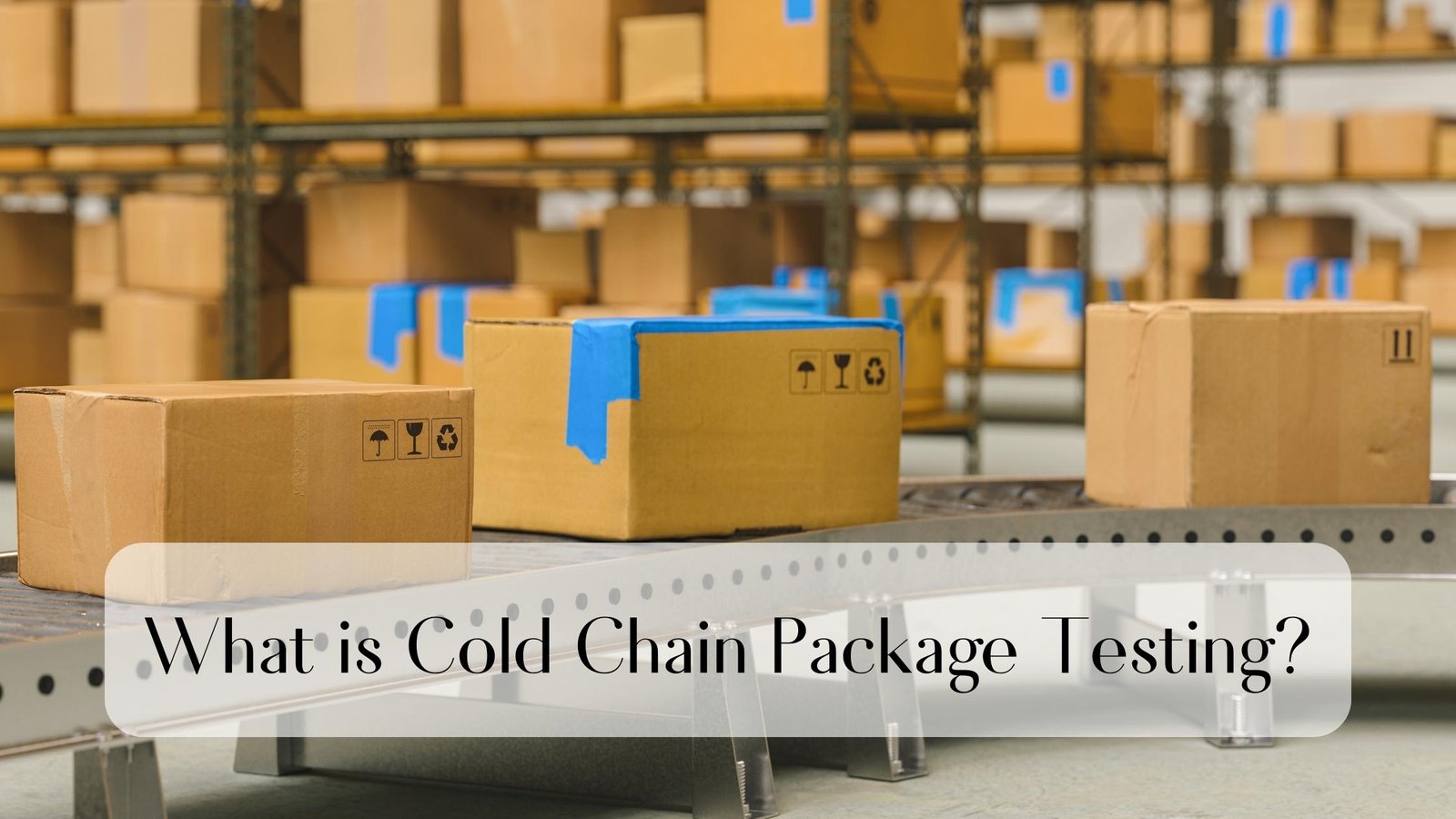In logistics, one critical element stands out when it comes to transporting temperature-sensitive products—cold chain packaging. Ensuring the integrity of these packages is not just a matter of convenience; it’s a crucial aspect of preserving the quality and safety of various goods. This is where package testing and temperature validation play a pivotal role.
Package testing in the practices of cold chain packaging involves putting packages through rigorous assessments to make sure they can maintain the required temperature during transportation. The goal is to find and fix any weaknesses in the packaging that could compromise the product’s quality.
Why is Package Testing in Cold Chain Packaging So Important?
The importance of package testing in cold chain packaging cannot be overstated. The quality and efficacy of certain products, such as pharmaceuticals, vaccines, perishable foods, and even certain chemicals, are directly tied to their storage and transportation conditions. Deviations from the specified temperature range during transit can result in irreversible damage, rendering the products ineffective or even harmful.
The Role of Package Testing with Temperature Validation:
Temperature validation is crucial in package testing for the cold chain. It involves using advanced monitoring systems to ensure that the temperature inside the package stays within the specified range throughout the entire journey. This real-time validation allows for immediate corrective actions if any issue occurs, preventing potential losses.
Key components of Temperature Validation Package Testing are:
Temperature Mapping:
Mapping the temperature distribution within the packaging system. This involves placing temperature sensors at strategic locations within the package to monitor temperature variations.
Thermal Cycling:
Exposing the packaged product to cycles of temperature extremes to assess the package’s ability to maintain the desired temperature range. This is crucial for products that may be transported through regions with diverse climates.
Cold Chain Validation:
Ensuring that the packaging system maintains the necessary temperature conditions during storage and transportation in the cold chain. This is particularly relevant for products that require refrigeration or freezing.
Duration Testing:
Assessing how long the packaging can maintain the specified temperature under different conditions, simulating the time required for transportation and storage.
Impact Testing:
Evaluating the package’s ability to withstand physical impacts that might affect its insulation properties and compromise the temperature control.
Real-Time Monitoring:
Employing real-time monitoring devices to track temperature conditions continuously during transportation or storage.
Temperature validation and package testing are critical in industries where product quality and safety are highly dependent on maintaining specific temperature ranges. Regulatory agencies often require such testing for products like vaccines, pharmaceuticals, and biologics to ensure compliance with quality standards and to safeguard the end-user from potential harm or product degradation.
Manufacturers and suppliers conduct thorough package validation testing to validate their packaging solutions and demonstrate that their products can be safely transported and stored under various temperature conditions. This comprehensive approach ensures not only the effectiveness of the product but also the reliability of the packaging throughout the entire logistics process.
Temperature validation is a critical component of package testing in the cold chain. It involves the use of advanced monitoring systems to ensure that the temperature inside the package remains within the specified range throughout the entire journey. This real-time validation allows for immediate corrective actions if deviations occur, preventing potential losses.
Types of Packages Tested:
A diverse array of packages undergo rigorous testing to meet the exacting requirements of cold chain logistics. Insulated containers, designed to shield products from temperature variations, are subjected to thorough assessments to ensure their reliability. Refrigerated trucks, integral to transporting large quantities of goods, undergo testing to guarantee the maintenance of optimal temperatures throughout the journey.
Specialized packaging tailored for individual products, such as pharmaceuticals or perishable foods, is scrutinized to address specific challenges and ensure the integrity of the cold chain. This comprehensive testing, which includes assessing the effectiveness of temperature-controlled packaging solutions, encompasses factors like insulation effectiveness, temperature control mechanisms, and durability.
The meticulous examination of these packages is indispensable in identifying and rectifying vulnerabilities, thereby ensuring that temperature-sensitive products reach their destinations in optimal condition, safeguarding the quality and safety of goods across various industries.
Industries Requiring Temperature Validation:
Temperature validation is a critical practice embraced by diverse industries to safeguard the quality and safety of their products. In the pharmaceutical and healthcare sectors, stringent temperature control is paramount to preserve the efficacy of vaccines, medications, and biologics. The food and beverage industry relies on temperature validation to prevent spoilage and maintain the freshness of perishable goods. In the realms of chemical, biotechnology, and biomedical fields, where materials are highly sensitive to temperature fluctuations, precise temperature control is essential. The electronics industry employs temperature validation to ensure the optimal functionality of sensitive electronic components and devices. Additionally, cosmetics, agriculture, and logistics sectors also benefit from temperature validation to maintain the quality of temperature-sensitive products during transportation. Overall, temperature validation is a linchpin in these industries, ensuring compliance with regulatory standards, product efficacy, and the well-being of end-users.
Conclusion:
Package testing and temperature validation are indispensable components of the cold chain packaging process. As technology advances and industries develop, the need for reliable and efficient cold chain logistics becomes increasingly critical. The thorough testing of packaging materials and systems ensures that products reach their destination in optimal condition, safeguarding the health and well-being of consumers and the success of various industries. In an interconnected world, where the movement of goods is constant, the reliability of cold chain packaging can make all the difference.



